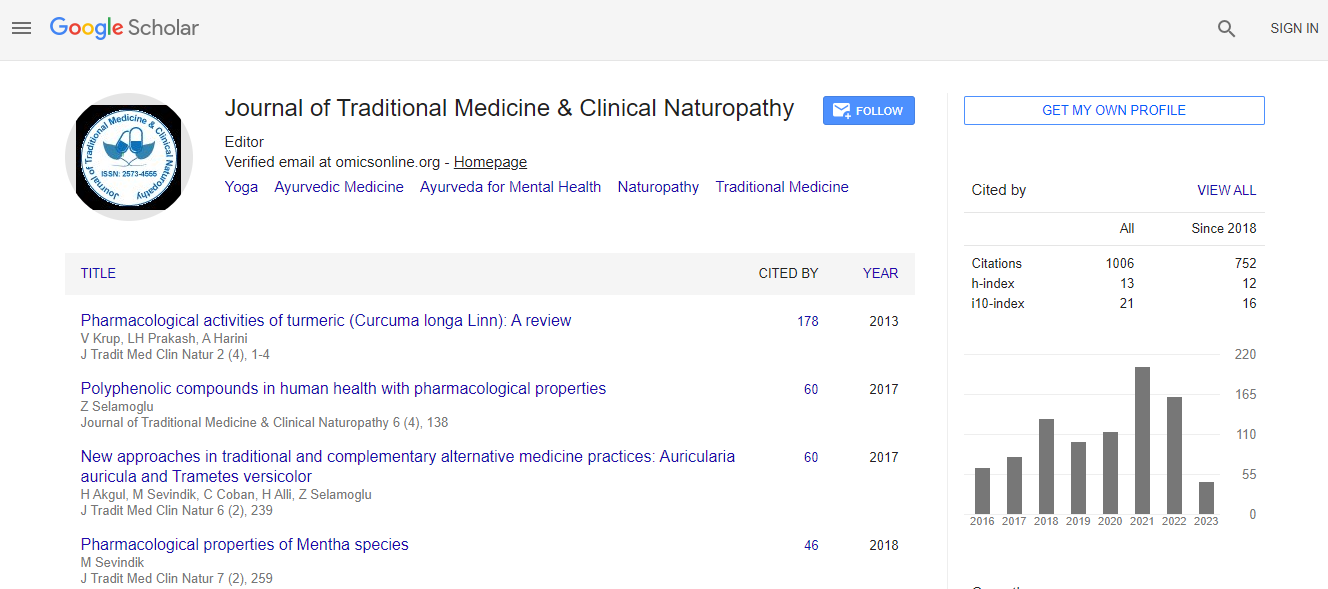Review Article
Clinical Assessment Criteria for Ama Diagnosis
| Neera Saini1 and Byadgi PS2* | |
| 1Junior Resident, Department of Vikriti Vigyan, Faculty of Ayurveda, IMS, BHU, Varanasi, India | |
| 2Assistant Professor, Department of Vikriti Vigyan, Faculty of Ayurveda, IMS, BHU, Varanasi, India | |
| Corresponding Author : | Byadgi PS Assistant Professor, Department of Vikriti Vigyan Faculty of Ayurveda, Institute of Medical Sciences (IMS) Banaras Hindu University (BHU), Varanasi -221005, India Tel: 9450711759 E-mail: psbyadgi@rediffmail.com |
| Received February 28, 2014; Accepted March 27, 2014; Published March 29, 2014 | |
| Citation: Saini N, Byadgi PS (2014) Clinical Assessment Criteria for Ama Diagnosis. J Homeop Ayurv Med 3:148. doi: 10.4172/2167-1206.1000148 | |
| Copyright: © 2014 Saini N, et al. This is an open-access article distributed under the terms of the Creative Commons Attribution License, which permits unrestricted use, distribution, and reproduction in any medium, provided the original author and source are credited. | |
Abstract
The term Ama refers to raw, unripe, unprocessed or improperly digested condition of food substances probably.
Acharyas has said that mandagni (low digestive power) is the root cause of all diseases & Ama is also produced by mandagni, which produces almost diseases. Ama is described by all Acharyas but the greatest clinical detail about this entity (Ama) has been described for the first time by Acharya Vagbhatta. Identification of presence of Ama in body is very crucial need in today’s era for healthy living and to manage and prevent the diseases. There are some basic characters are described by Acharyas in various samhitas which may be helpful for the diagnosis of Ama condition. Ama may produce due to exogenous and endogenous sources, substances which are unwholesome to the body and can be termed as an antigen which is very much capable for inducing immunological reactions in Amavata (Arthropathies).

 Spanish
Spanish  Chinese
Chinese  Russian
Russian  German
German  French
French  Japanese
Japanese  Portuguese
Portuguese  Hindi
Hindi 
